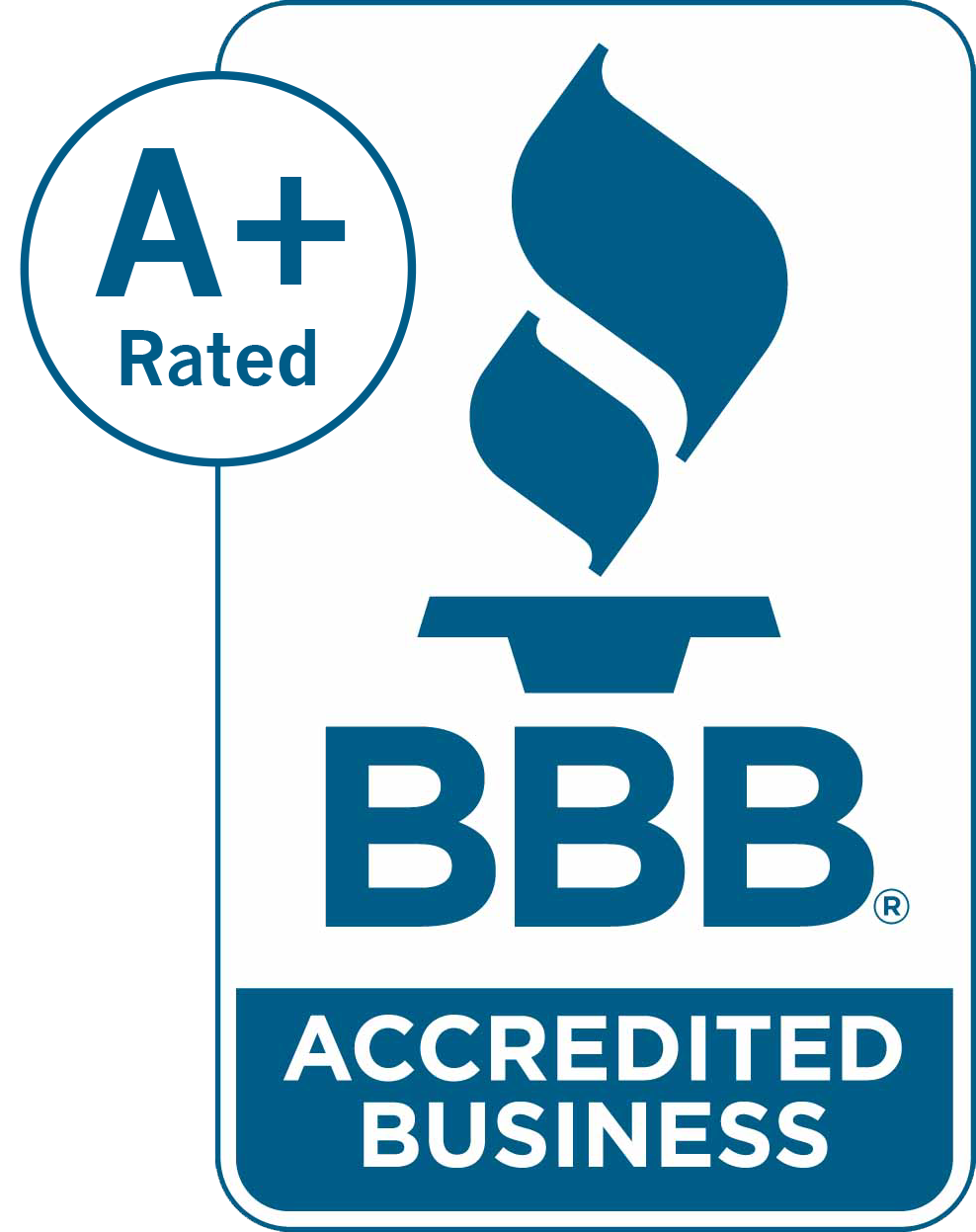Dissolution of Marriage California Process: Complete Step-by-Step Guide

California’s dissolution of marriage process (commonly called divorce) involves specific legal procedures that can seem overwhelming at first. A divorce case in California involves several legal steps and requirements that must be followed to ensure a fair and legal dissolution of marriage. This comprehensive guide walks you through each step of ending a marriage or domestic partnership in California, from initial filing through final judgment.
Whether you’re considering an uncontested divorce, dealing with a complex contested divorce, or dissolving a registered domestic partnership, understanding the California divorce process helps you navigate this challenging time more effectively.
Introduction to Divorce in California

Divorce in California is a complex and multifaceted process that involves various legal, emotional, and financial considerations. As a “no-fault” divorce state, California does not require the spouse or domestic partner requesting the divorce to prove any wrongdoing by the other party. Instead, the grounds for divorce are simply “irreconcilable differences,” meaning the couple cannot get along. This no-fault approach simplifies the legal process, focusing on resolving practical matters rather than assigning blame.
The divorce process in California takes at least six months, starting from the date the Petitioner serves the other party with the Summons and Petition. This mandatory waiting period allows time for reflection and potential reconciliation. Understanding the California divorce process and the various options available, including divorce, legal separation, and annulment, is crucial for navigating this challenging time. Whether you are a domestic partner or a spouse, knowing your rights and responsibilities can help you make informed decisions throughout the process.
Related Terms: family law matters, family law cases, marital property, trial date, spouse files, court case
Understanding Dissolution Options in California
California offers several paths to end a marriage or domestic partnership:
Standard Dissolution of Marriage
The most common divorce process in California, appropriate for most situations, involves detailed divorce proceedings that address all issues including property division, child custody, child support, and spousal support. This process:
- Resolves all issues including property division, child custody, child support, and spousal support
- Takes at least six months to complete due to California’s mandatory waiting period
- Can be contested or uncontested
- Requires court involvement from beginning to end
Summary Dissolution
A simplified divorce process for shorter marriages with minimal assets. You may qualify if:
- Your marriage or domestic partnership lasted less than 5 years
- You have no minor children together
- You have limited property and debts (under specific thresholds)
- Neither party seeks spousal support
- Both parties agree on all terms
Legal Separation
Not technically ending the marriage but legally formalizing separate lives. Couples choose legal separation when:
- Religious beliefs prevent divorce
- They need to maintain health insurance benefits
- They haven’t met California’s residency requirements for divorce
- They’re uncertain about permanently ending the marriage
Dissolution of Domestic Partnership
For registered domestic partners, this process:
- Follows procedures similar to divorce
- Can be handled through the Secretary of State in some cases
- May involve unique considerations for same-sex couples who were domestic partners before marriage was legalized
California’s No-Fault Divorce System
California pioneered no-fault divorce in 1970. Under California law:
- You don’t need to prove wrongdoing by either spouse
- The only grounds needed are “irreconcilable differences” causing marriage breakdown
- Courts don’t consider marital misconduct in property division decisions
- Fault-based divorce is not an option in California
- One party cannot stop the divorce if the other party wants to proceed
This no-fault system simplifies the divorce process by focusing on resolving practical matters rather than assigning blame.
Step 1: Meeting Residency Requirements
Before filing for divorce in California, you must meet these residency requirements:
- At least one spouse must have lived in California for the past 6 months
- At least one spouse must have lived in the county where you file for the past 3 months
Exception: There’s no residency requirement to file for legal separation.
For domestic partnerships registered in California, you can file for dissolution in California even if neither partner currently lives in the state.
Step 2: Preparing and Filing Initial Paperwork
Required Forms for Petitioner (person initiating divorce)
The divorce process officially begins when one party (the petitioner) files these court forms:
- Petition for Dissolution (Form FL-100): States basic information about the marriage and what you’re asking the court to order
- Summons (Form FL-110): Contains standard restraining orders preventing either party from making major financial changes during divorce
- Property Declaration (optional Form FL-160): For listing assets and debts if they don’t fit on the Petition
- UCCJEA Declaration (Form FL-105): Required if you have minor children, detailing their living arrangements for the past five years
Where to File
Take your completed forms to the family law clerk’s office at your county’s Superior Court. You’ll need to:
- Pay the filing fee (approximately $435-$450 as of 2025)
- Request a fee waiver if you can’t afford the filing fee (Forms FW-001 and FW-003)
- Get filed copies with your case number stamped on them
Many California courts now offer e-filing options for divorce papers, allowing you to submit documents online.
Step 3: Serving Divorce Papers
After filing, you must legally notify your spouse or domestic partner by having them properly served with copies of your filed paperwork.
Service Methods
- Personal service: Another adult (not you) physically hands the papers to your spouse
- Service by mail: Your spouse receives documents by mail and signs an acknowledgment of receipt
- Other methods: If your spouse cannot be located, the court may permit service by publication or posting
Proof of Service
After service is completed, you must file proof with the court:
- Proof of Personal Service (Form FL-330), or
- Proof of Service by Mail (Form FL-335)
The person who serves the papers completes the proof of service form, not you.
Step 4: Respondent’s Options
After being served, the other spouse (respondent) has several options:
Option 1: File a Response
The respondent has 30 days to file a response, and having the response filed within this period is crucial to ensure their voice is heard in all decisions:
- Response to Petition (Form FL-120)
- Other required forms similar to those filed by the petitioner
Filing a response gives the respondent a voice in all decisions. If the response disagrees with the petition, the divorce becomes contested.
Option 2: Do Nothing (Default)
If the respondent doesn’t file a response within 30 days:
- The petitioner can request a default judgment
- The court may grant everything requested in the petition
- The respondent loses the right to have input in the decisions
Option 3: Default with Agreement
Even without filing a response, couples can:
- Negotiate and sign a marital settlement agreement
- Submit the agreement with default paperwork
- Receive a judgment incorporating their agreement
Step 5: Financial Disclosures
California law requires both parties to provide complete financial information in a timely manner, regardless of how amicable the divorce is.
Preliminary Declaration of Disclosure
Within 60 days of filing the petition/response, both parties must exchange:
- Declaration of Disclosure (Form FL-140)
- Schedule of Assets and Debts (Form FL-142)
- Income and Expense Declaration (Form FL-150)
- Tax returns from the previous two years
Final Declaration of Disclosure
Before settlement or trial, parties typically exchange updated financial information, though this requirement can be waived if both parties agree.
These financial disclosures are critical because:
- Hiding assets can result in severe penalties
- Full financial transparency is required for valid agreements
- The court needs complete financial information to make decisions
Step 6: Temporary Orders (If Needed)
While the divorce is pending, either party can request temporary court orders for:
- Child custody and visitation
- Child support
- Spousal support
- Property control (who lives in the family home, uses vehicles, etc.)
- Attorney’s fees
- Domestic violence restraining orders
The court deems it necessary to issue temporary orders to ensure the well-being of all parties involved during the divorce process.
To request temporary orders:
- File a Request for Order (Form FL-300)
- Attend the court date assigned (typically 2-8 weeks after filing)
- Receive temporary orders that remain in effect until modified or until final judgment
Step 7: Settlement Negotiations
Most divorce cases settle without going to trial. Settlement options include:
Direct Negotiation
The parties and their attorneys work together to reach a divorce settlement on all issues.
Mediation
A neutral third party helps facilitate agreement, particularly helpful for child custody matters. Many California courts provide free or low-cost mediation services for parents.
Mandatory Settlement Conference
In contested cases, courts typically require parties to attend a settlement conference with a judge or experienced attorney who helps identify possible compromises.
Collaborative Divorce
A structured negotiation process where both parties and their attorneys commit to resolving all issues without court intervention.
A comprehensive marital settlement agreement covers:
- Division of community property and debts
- Child custody and visitation arrangements
- Child support calculations
- Spousal support terms
- Any other issues specific to your situation
Step 8: Trial (If Necessary)
If settlement efforts fail, the case proceeds to trial where:
- Both parties present evidence and testimony on the assigned hearing date
- Witnesses may be called
- A judge (not a jury) makes decisions on all unresolved issues
- The process can take days or even weeks for complex cases
After hearing all evidence, the judge issues rulings that will be incorporated into your final judgment.
Only about 5% of California divorce cases go to trial, as most couples ultimately reach settlements due to the expense, stress, and unpredictability of trials.
Step 9: Judgment Preparation and Submission
Whether through settlement or trial, the final step is preparing judgment forms and documents:
- Judgment package (Form FL-180) with all appropriate attachments
- Notice of Entry of Judgment (Form FL-190)
- Child support and custody forms if applicable
- Marital settlement agreement (if reached)
- Wage assignment orders for support
One party (typically the petitioner) or their attorney prepares these forms and submits them to the court for approval.
Step 10: Waiting for Final Judgment
After submitting judgment paperwork, the court reviews all documents before issuing the final divorce judgment:
- The court reviews all documents
- The judge signs the judgment if everything is in order
- The court processes the judgment and sends copies to both parties
- The judgment becomes effective when the court processes it
Important: Even if your judgment is processed before six months, you are not legally divorced until the six-month waiting period expires. This waiting period begins from the date the respondent was served with the petition.
Special Considerations for Different Situations
Uncontested Divorce
When parties agree on all issues:
- The process can be completed in six months and one day (the minimum time)
- Paperwork is simplified
- The court clerk plays a crucial role in processing the paperwork and ensuring all documents are in order
- Court appearances may be minimal or unnecessary
- Costs are significantly reduced
High-Conflict or Complex Divorce
These cases often involve:
- Multiple experts (custody evaluators, forensic accountants, etc.)
- Extensive discovery of financial information
- Numerous court appearances and motions
- Significantly higher costs and longer timeframes
In high-conflict cases, a mental health professional may be involved to provide evaluations and recommendations.
Domestic Partnership Dissolution
For registered domestic partners:
- Most follow the same court process as married couples
- Some qualifying couples can dissolve partnerships through the Secretary of State
- Same-sex couples who were domestic partners before legally marrying may have unique property date considerations
Partner support may be a consideration in the dissolution of a domestic partnership, similar to spousal support in a marriage.
International or Interstate Cases
When one party lives outside California:
- Service of process follows special rules
- The Uniform Child Custody Jurisdiction and Enforcement Act determines which state handles custody
- Special considerations apply for enforcing orders across borders
Be aware of court holidays when planning your filings, as these can affect deadlines and processing times.
Child Support Orders
Child support orders are a critical aspect of the divorce process, particularly when minor children are involved. In California, child support is calculated based on a complex formula that considers various factors, including the income of both parents, the amount of time each parent spends with the child, and the child’s financial needs. The goal is to ensure that the child’s financial well-being is maintained despite the changes in family structure.
The court may order one parent to pay child support to the other parent to cover the child’s living expenses, education, healthcare, and other needs. These orders are designed to provide consistent financial support for the child and can be modified over time if circumstances change, such as a significant change in income or custody arrangements. Understanding the child support guidelines and how they apply to your specific situation is essential to ensure the best possible outcome for your child.
Court Forms and Documents
The divorce process in California involves a multitude of court forms and documents, which can be overwhelming and confusing. The most common forms include the Petition (FL-100), Summons (FL-110), and Declaration Under Uniform Child Custody Jurisdiction and Enforcement Act (FL-105/GC-120). These forms initiate the divorce process and provide the court with essential information about your case.
Additional forms may be required depending on your situation, such as a Request for Order (FL-300) if you need temporary orders for child custody or spousal support, or a Responsive Declaration to Request for Orders (FL-320) if you are responding to such a request. It is crucial to complete these forms accurately and thoroughly to avoid delays or complications in the divorce process. The family law clerk’s office can provide guidance on the necessary forms and documents, and a self-help center may also be available to assist with the process.
Court Date and Proceedings
Once the initial paperwork has been filed, a court date will be scheduled to finalize the divorce. The court proceedings can be intimidating, but understanding what to expect can help alleviate some of the anxiety. During the court date, the judge will review the divorce forms and any agreements or disputes between the parties. If an agreement has been reached, the judge will review the marital settlement agreement to ensure it is fair and reasonable.
If disputes remain, the judge will make decisions on unresolved issues such as child custody, spousal support, and property division. It is essential to be prepared for the court date by gathering all necessary documents and information and being aware of the court’s procedures and rules. Being well-prepared can help ensure a smoother process and a more favorable outcome.
Post-Divorce Procedures
After the divorce is finalized, there are several post-divorce procedures to consider. These may include changing your name, updating your estate plan, and revising your financial arrangements. It is also essential to ensure that all court orders, such as child support or spousal support, are being followed. If circumstances change, such as a change in income or custody arrangements, it may be necessary to modify the court orders.
Additionally, if you are a registered domestic partner, you may need to take steps to dissolve your domestic partnership. Understanding the post-divorce procedures and taking the necessary steps can help you move forward and rebuild your life after divorce. Ensuring compliance with court orders and making necessary updates to your legal and financial documents will help you transition smoothly into your new life.
Self-Help Resources vs. Attorney Representation
Self-Help Options
California provides extensive resources for self-represented litigants:
- Family Law Facilitators in every county courthouse
- Self-Help Center with free assistance completing forms
- Online resources through the California Courts website
- Document preparation services (not providing legal advice)
Self-representation works best for simple, uncontested cases where parties agree on all terms.
When Attorney Representation Is Advisable
Consider hiring a family law attorney when:
- Your case involves significant assets or debts
- Child custody is contested
- Your spouse has hired an attorney
- Domestic violence is a factor
- You feel overwhelmed by the legal process
- You have a complex marital estate
Many attorneys offer limited-scope representation, handling only specific parts of your case to make legal help more affordable.
Common Questions About California Divorce
How long does divorce take in California?
The minimum time is six months and one day from service of the petition to final judgment. Contested cases typically take 12-18 months, and high-conflict cases can take years.
How much does divorce cost in California?
Costs vary dramatically:
- Filing fees: $435-$450 (can be waived for low-income individuals)
- Uncontested DIY divorce: $500-$2,000 including filing fees
- Uncontested with attorney help: $3,000-$8,000
- Contested divorce: $15,000-$30,000+ per person
- High-conflict trial: $50,000-$100,000+ per person
Does California recognize legal separation?
Yes. Legal separation involves the same process as divorce but doesn’t terminate the marriage. Parties are legally separated but remain legally married.
How is property divided in California?
California is a community property state, meaning:
- Community property (acquired during marriage) is divided equally
- Separate property (acquired before marriage or through gift/inheritance) remains with the original owner
- Mixed character assets require careful tracing and may be partially community and partially separate
Can I get divorced if I don’t know where my spouse is?
Yes, through:
- Diligent search efforts documented for the court
- Service by publication in a newspaper
- Potential service by posting at the courthouse (for low-income cases)
- Default judgment after proper alternative service
What if my spouse doesn’t want a divorce?
California’s no-fault system means one party cannot prevent a divorce. If one party wants to end the marriage citing irreconcilable differences, the court will grant the dissolution even if the other party objects.
How is child custody decided?
California courts decide custody based on the “best interests of the child,” considering:
- Each parent’s ability to care for the child
- The child’s relationship with each parent
- History of caregiving
- Stability and continuity
- Any history of domestic violence
- The child’s needs
Can I modify custody or support after the divorce is final?
Yes. Child custody, child support, and spousal support orders can be modified when circumstances change substantially. Property division typically cannot be modified after judgment.
Conclusion: Navigating Your California Divorce
The dissolution of marriage process in California follows clear procedural steps, though the complexity and timeline vary dramatically based on your specific circumstances. Whether you choose self-representation or attorney assistance, understanding this process helps you navigate this challenging time more effectively.
Remember that while divorce ends your legal relationship, its effects—particularly regarding children, support obligations, and financial ties—often continue long after the judgment is final. Taking time to understand your rights and responsibilities helps ensure the best possible outcome for your future.
For complex situations, personalized legal advice from a qualified family law attorney remains the best way to protect your interests throughout the dissolution process.
This guide provides general information about California dissolution of marriage as of 2025 but should not be considered legal advice for your specific situation. Always consult with a qualified family law attorney about your particular circumstances.













